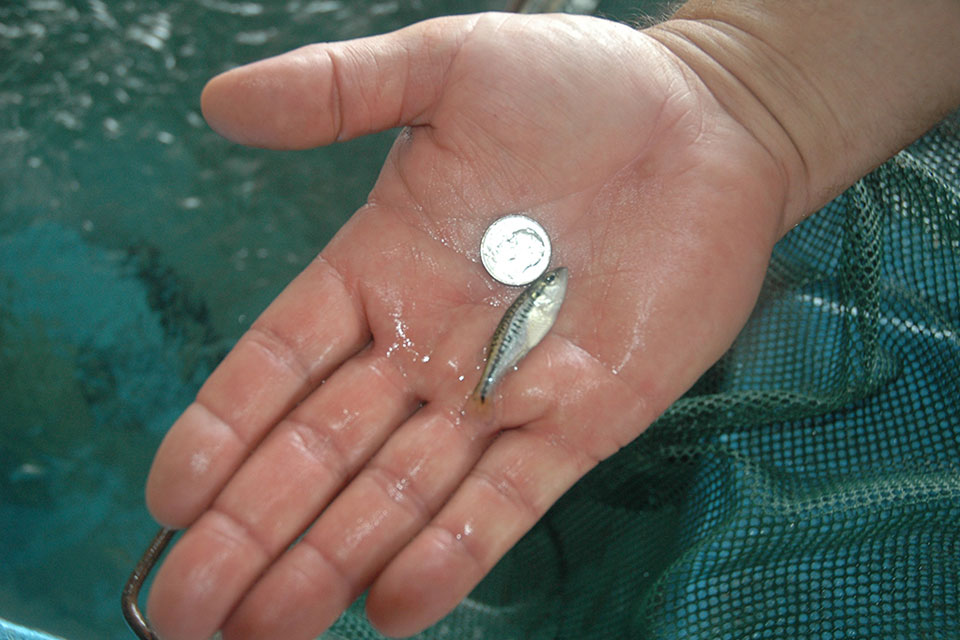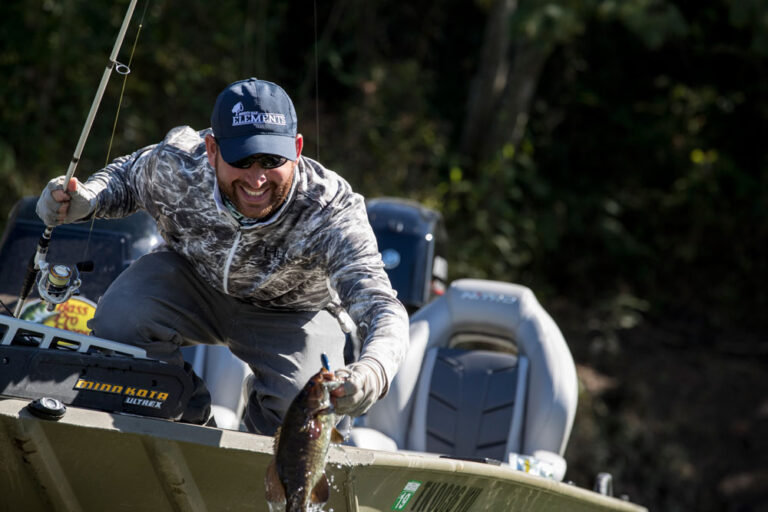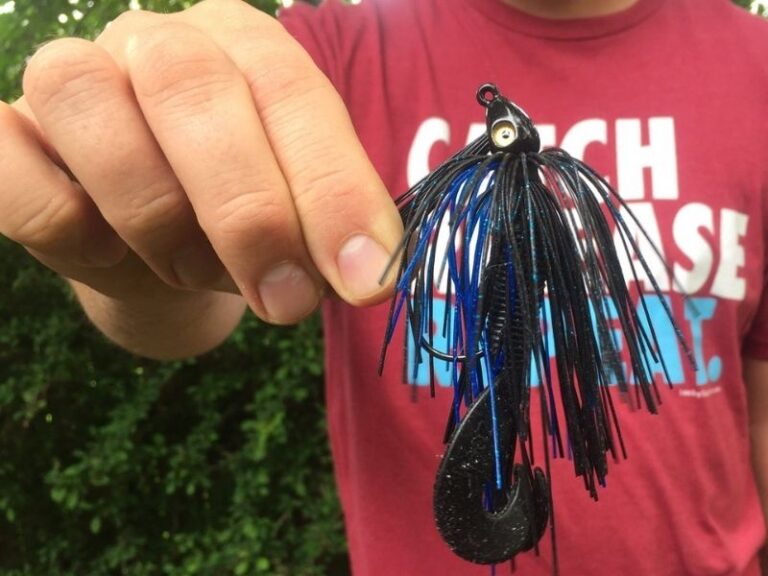How Fast Does a Largemouth Bass Grow

A largemouth bass can grow up to 12 inches in its first three years. Growth rates slow after reaching maturity.
Largemouth bass, a sought-after freshwater game fish, display varied growth patterns influenced by environmental factors. Largemouth bass enthusiasts and anglers often inquire about the growth rate of their prized catch. Typically, these bass grow rapidly during their initial years, with growth diminishing as they reach maturity.
Numerous elements contribute to their growth, including water quality, food availability, and climate. Understanding the growth rate of largemouth bass aids anglers and wildlife enthusiasts in monitoring the health and sustainability of fish populations. This insight is crucial for effective fish management and conservation efforts, ensuring that the largemouth bass continues to thrive in its natural habitats.

Credit: www.sentinel-echo.com
Life Cycle Of A Largemouth Bass
Largemouth Bass start their life journey as eggs. They are very small, usually about 1 to 2 millimeters in diameter. Female bass can lay thousands of eggs. These eggs need clean water to grow well. It takes only 2 to 4 days for eggs to hatch, depending on the water temperature.
Once hatched, the tiny fish are called fry. The fry eat small things like zooplankton. At this stage, they grow fast if they find enough food. They are called juveniles when they reach about an inch long. Juveniles start eating larger food, like insects and smaller fish. Their growth rate depends on food availability and water conditions.
Growth Rates In Optimal Conditions
Largemouth Bass show significant growth within their first year. They can reach up to 4 to 6 inches under ideal conditions. The growth rate slows slightly as they age. By age two, a healthy bass might measure around 10 to 12 inches. Numerous factors impact these growth rates. Water temperature, available food sources, and competition play major roles in their development. During warm seasons, bass are more active and eat more often. This leads to faster growth in spring and summer. Growth tends to slow during colder months. This pattern aligns with the metabolic rate of the fish, which correlates with water temperature. Information about bass growth helps anglers and conservationists to understand and maintain bass populations.
Size Milestones
Largemouth bass grow rapidly within their first year. Usually, they reach about 4 to 6 inches in length. This rapid growth depends on many factors. Food availability and water conditions are key. With good conditions, they can even hit 8 inches.
As they reach maturity, growth rates slow down. A healthy environment is critical. Proper food supply ensures steady growth. By the end of year three, they might grow to 12 to 16 inches. Some achieve a length of 24 inches by their sixth year. It takes patience and care to see these milestones.
Environmental Influences On Growth
The growth rate of a Largemouth Bass is largely shaped by several environmental factors. Water temperature plays a crucial role as bass grow faster in warmer conditions. Optimal growth occurs when the water is between 60°F and 75°F. Extreme temperatures slow their progress.
Predators and competition significantly impact growth rates as well. High predator presence can stunt growth. This is because young bass must use more energy to hide rather than to grow. Also, waters with many fish can lead to less food for each, slowing down growth.
Human Factors On Largemouth Bass Growth
Fishing regulations play a critical role in largemouth bass growth. Stringent rules limit the number of fish anglers can catch. This helps to maintain a healthy population. Size limits ensure that only mature bass are kept, allowing younger fish to grow.
Conservation efforts like breeding programs boost numbers in natural habitats. They also help to preserve genetic diversity. Clean water and no pollution are vital for the growth of bass. Groups often work together to keep waterways safe for fish.
Habitat modifications like adding structures can create shelters for bass. This means more hiding spots and safer young fish. Improved water vegetation offers more food and oxygen for these creatures. Such changes directly impact how fast bass grow.

Credit: www.billdanceoutdoors.com
Research And Monitoring
Tagging and tracking studies are crucial for understanding largemouth bass growth. Scientists catch these fish and place special tags on them. Each tag has a unique number that helps identify the fish later. They then release the fish back into the water.
By re-catching them after some time, researchers can tell how much a bass has grown. This method gives us real-world data about bass growth rates. Over many years, these studies have built a clear picture of bass growth.
Growth charts and models use this data. They show us the average size a bass should be at each age. These tools help anglers and scientists predict how fast a young bass will grow.

Credit: www.mossyoak.com
Frequently Asked Questions Of How Fast Does A Largemouth Bass Grow
How Old Is A 5 Lb Largemouth Bass?
A 5 lb largemouth bass typically ranges in age from 3 to 4 years old, depending on factors like habitat and food availability.
How Long Does It Take A Bass To Grow To 12 Inches?
A bass typically takes about 2 to 3 years to grow to 12 inches in optimal conditions. Environmental factors and food availability can affect growth rates.
How Big Is A 1 Year Old Bass?
A 1-year-old bass typically ranges from 6 to 12 inches in length. The exact size can vary based on species and environmental factors.
How Long Does It Take To Grow A 10 Pound Bass?
Growing a 10 pound bass typically takes between 5 to 10 years, depending on factors such as habitat, diet, and genetics.
Conclusion
Understanding the growth rate of largemouth bass equips anglers and enthusiasts with valuable knowledge. Growth is influenced by factors like habitat, diet, and water temperature. With proper conditions, they grow rapidly, reaching impressive sizes. Ensuring their environments are preserved supports this remarkable growth journey.
Remember, a thriving bass population mirrors a healthy aquatic ecosystem.




